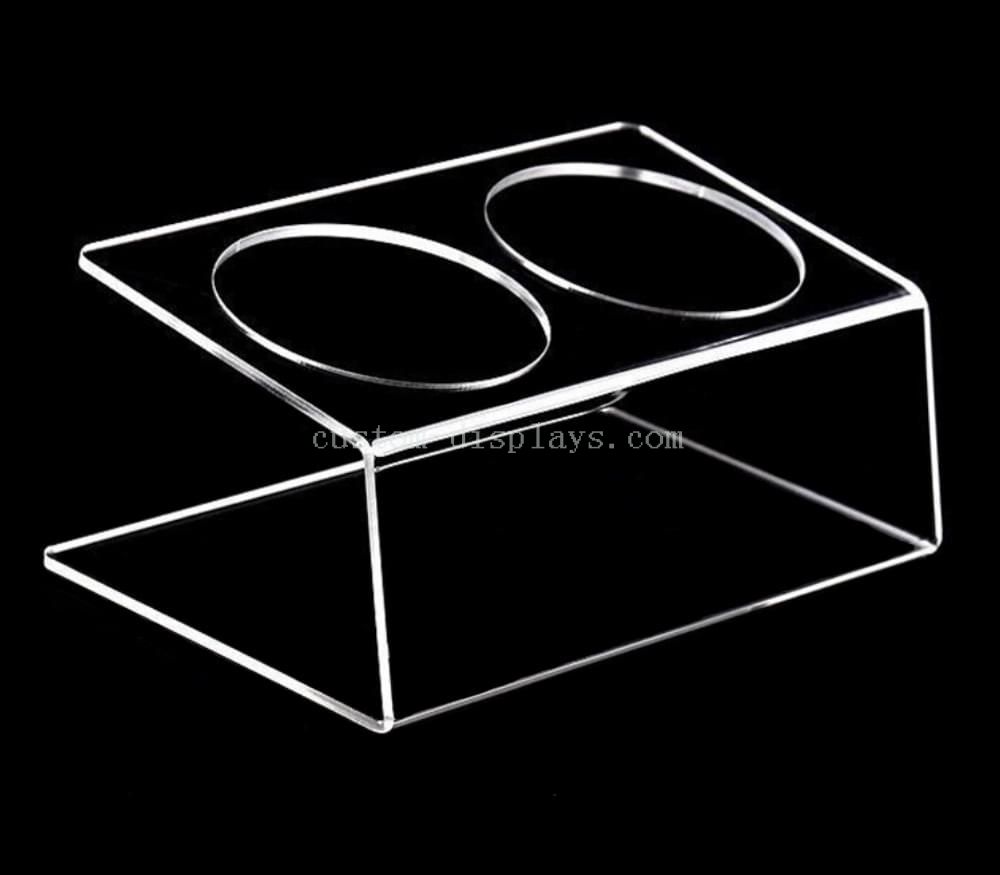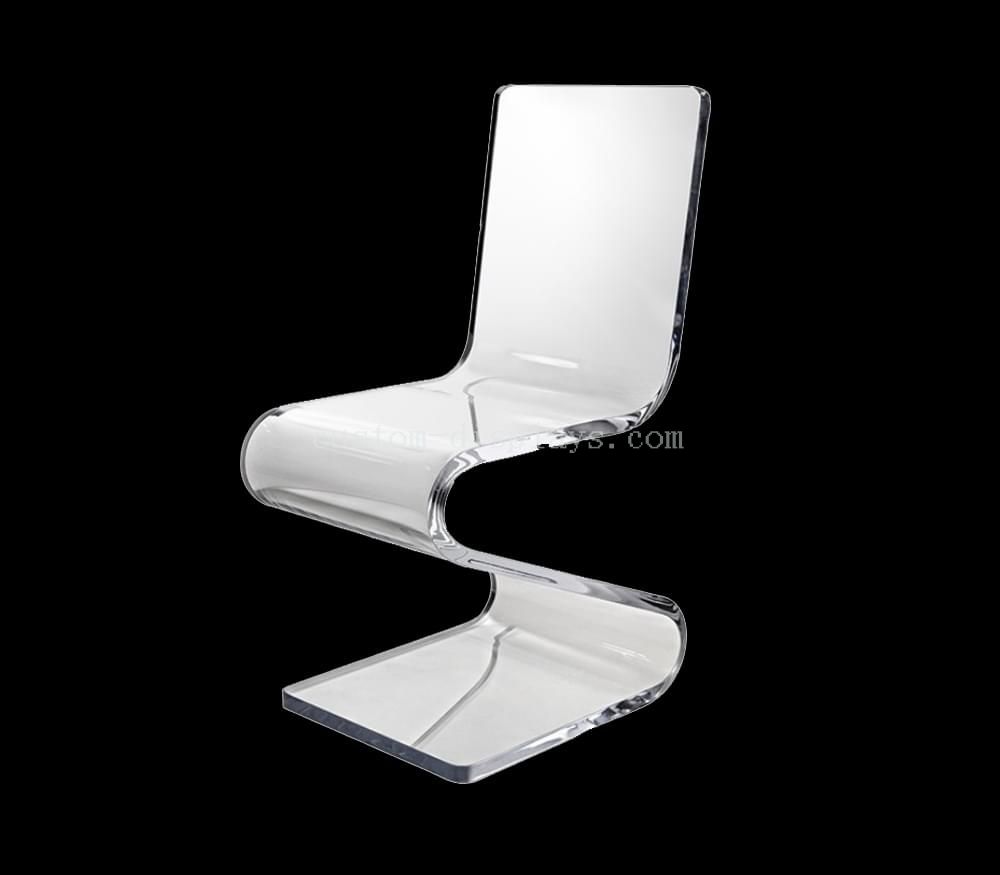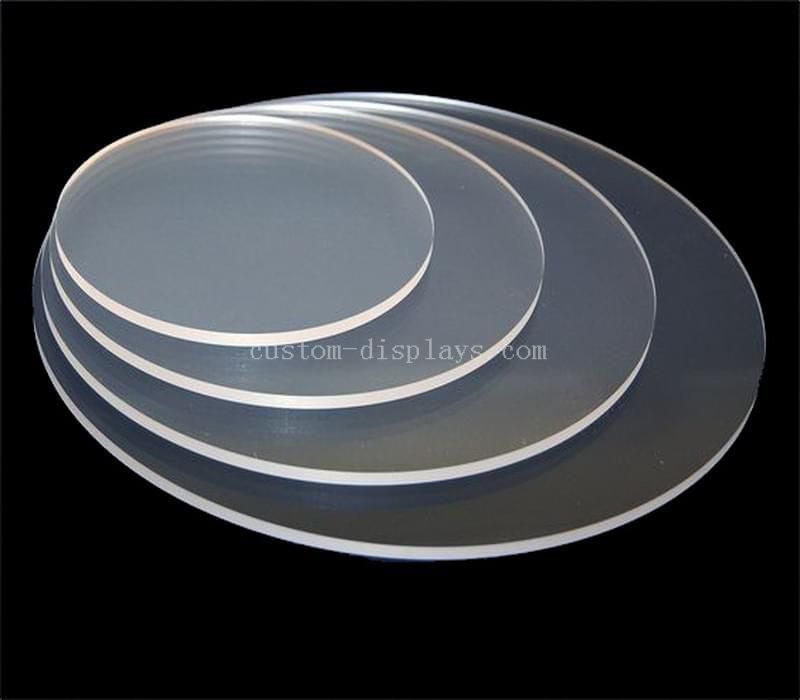Acrylic and glass sheets are two popular materials widely used in various industries and applications. Both materials have unique advantages and are chosen based on specific requirements. In this article, we will compare acrylic and glass sheets, highlighting their respective strengths and applications.



Advantages of Acrylic Sheets
- Durability: Acrylic sheets are highly durable and can withstand impacts better than glass. They are less likely to shatter, making them a safer choice in environments where safety is a concern, such as in schools or around children.
- Lightweight: Acrylic sheets are significantly lighter than glass, making them easier to handle and install. This makes them a preferred choice for applications where weight matters, such as in signage and displays.
- Clarity: Acrylic sheets offer excellent optical clarity. They transmit light better than glass and do not have a greenish tint, making them ideal for applications that require transparency, such as windows, aquariums, and picture frames.
- Weather Resistance: Acrylic is resistant to UV radiation and weathering, making it suitable for outdoor applications. It does not yellow or become brittle over time when exposed to sunlight, making it an excellent choice for outdoor signs and displays.
- Customization: Acrylic sheets can be easily cut, shaped, and molded into various forms, allowing for greater design flexibility. This makes them a favorite for architects and designers.
Applications of Acrylic Sheets
- Signage: Acrylic sheets are widely used in outdoor and indoor signage due to their clarity, durability, and ease of customization. They can be found in storefront signs, directional signs, and illuminated displays.
- Aquariums: The optical clarity of acrylic makes it an excellent choice for aquariums, providing a clear and distortion-free view of aquatic life.
- Picture Frames: Acrylic sheets are often used as a substitute for glass in picture frames. They protect photographs or artwork from damage while maintaining optical clarity.
- Furniture: Acrylic is used in modern furniture design to create sleek, transparent pieces that add a touch of elegance to interiors.
Advantages of Glass Sheets
- Scratch Resistance: Glass is more scratch-resistant than acrylic, which can be prone to surface scratching. This quality makes glass suitable for applications where the material is exposed to frequent cleaning or abrasive contact.
- Heat Resistance: Glass can withstand higher temperatures compared to acrylic. It is often used in applications involving high heat, such as cookware and oven doors.
- Chemical Resistance: Glass is less susceptible to damage from chemicals, making it a preferred choice for laboratory equipment and containers.
- Stain Resistance: Unlike acrylic, glass is not susceptible to staining from exposure to various substances. This makes it a suitable material for kitchen countertops and tabletops.
- Aesthetic Appeal: Glass has a timeless and classic aesthetic that many prefer for architectural applications, such as windows, doors, and decorative partitions.
Applications of Glass Sheets
- Architectural Glazing: Glass is a popular choice for windows, doors, and facades in buildings due to its aesthetic appeal and clarity.
- Kitchen and Bathroom Surfaces: Glass countertops, backsplashes, and shower enclosures are favored for their elegant appearance and stain resistance.
- Laboratory Equipment: Glassware like beakers, test tubes, and petri dishes are essential in scientific laboratories due to their chemical resistance.
- Drinkware: Glass is the primary material for drinking glasses, wine glasses, and glassware used in the food and beverage industry.
Conclusion
In summary, acrylic and glass sheets each have distinct advantages and applications. Acrylic offers durability, lightweight properties, and excellent clarity, making it suitable for signage, aquariums, and picture frames. Glass, on the other hand, excels in scratch resistance, heat resistance, and chemical resistance, making it ideal for architectural glazing, kitchen surfaces, and laboratory equipment. The choice between acrylic and glass ultimately depends on the specific needs of the project and the desired properties of the material.
